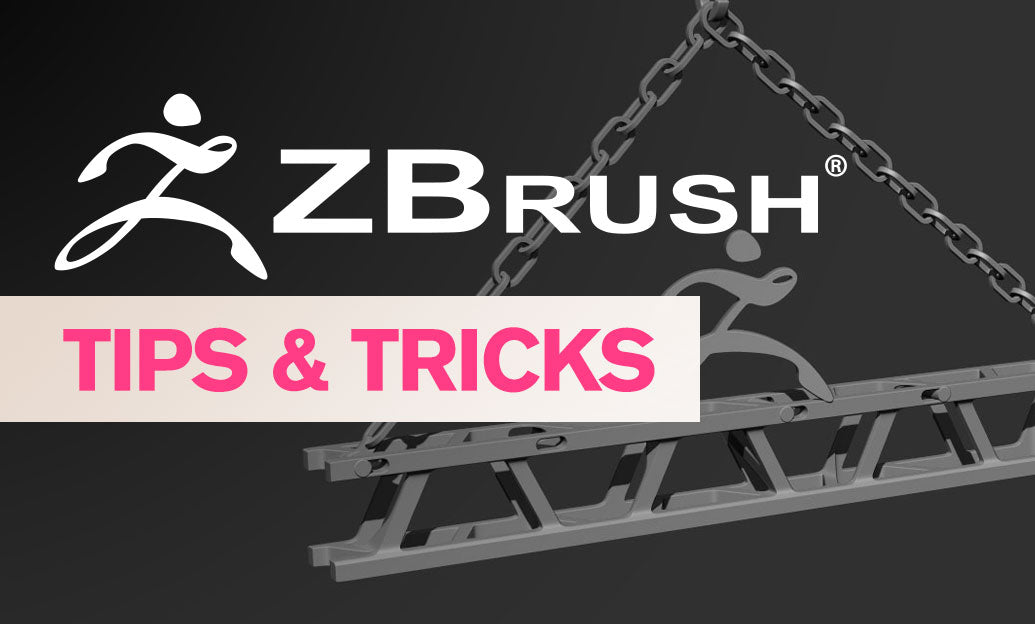Your Cart is Empty
Customer Testimonials
-
"Great customer service. The folks at Novedge were super helpful in navigating a somewhat complicated order including software upgrades and serial numbers in various stages of inactivity. They were friendly and helpful throughout the process.."
Ruben Ruckmark
"Quick & very helpful. We have been using Novedge for years and are very happy with their quick service when we need to make a purchase and excellent support resolving any issues."
Will Woodson
"Scott is the best. He reminds me about subscriptions dates, guides me in the correct direction for updates. He always responds promptly to me. He is literally the reason I continue to work with Novedge and will do so in the future."
Edward Mchugh
"Calvin Lok is “the man”. After my purchase of Sketchup 2021, he called me and provided step-by-step instructions to ease me through difficulties I was having with the setup of my new software."
Mike Borzage
Rhino 3D Tip: Enhancing 3D Modeling Efficiency by Importing and Utilizing 2D Drawings in Rhino
April 03, 2024 2 min read

Welcome to today's Rhino 3D tip of the day, where we'll explore how to elevate your 3D modeling workflow by importing 2D drawings into Rhino. This process allows you to jumpstart your 3D design by using existing sketches or plans as a base. Here's how to do this effectively:
- Prepare Your 2D File: Before importing, clean up your 2D drawing. Remove unnecessary elements, ensure the drawing is to scale, and layers are organized. This step is crucial for a smooth transition into Rhino.
- Supported File Types: Rhino supports various file formats such as DWG, DXF, and AI. Choose the appropriate format that retains the most information from your original drawing.
- Importing the Drawing: Go to File > Import, and select your 2D file. Pay attention to the import dialogue settings to match your units and scales accordingly.
- Layer Management: Rhino will attempt to preserve the layer structure from the 2D file. Use the layer panel to manage visibility and lock layers you don't want to accidentally modify.
- Using Snap Tools: Enable object snaps (OSNAP) for accuracy when creating new geometry based on your 2D drawing.
- Tracing Over 2D Elements: Use polyline, curve, and arc tools to trace over important elements. This will create precise reference geometry for further 3D development.
- Aligning Views: Set up Rhino views to correspond with the plan, elevation, and section views from your 2D drawing to assist with accurate 3D modeling.
- Creating Surfaces and Solids: Utilize the traced lines and curves to build surfaces and extrude solids, transforming your 2D drawing into a 3D model.
- Checking for Mistakes: Use Rhino's analysis tools to check for any inconsistencies or errors in the 3D model that may have originated from the 2D drawing.
- Save and Iterate: Regularly save your work as different iterations to prevent data loss and to reference previous stages of your modeling process.
Remember, while importing 2D drawings can expedite the modeling process, it's essential to understand that precise 3D work might require adjustments and corrections from the original 2D plan. Always double-check dimensions and relationships between elements as you model.
For more advanced tips and a wide selection of Rhino 3D resources, check out NOVEDGE, the one-stop shop for design professionals looking to enhance their digital toolset.
You can find all the Rhino products on the NOVEDGE web site at this page.
Also in Design News

Advancing Sustainable Design: The Role of Eco-Friendly Software in Architecture and Engineering
May 11, 2025 5 min read
Read More
ZBrush Tip: Mastering the Displace Noise Brush for Enhanced Detailing in ZBrush
May 11, 2025 2 min read
Read MoreSubscribe
Sign up to get the latest on sales, new releases and more …



